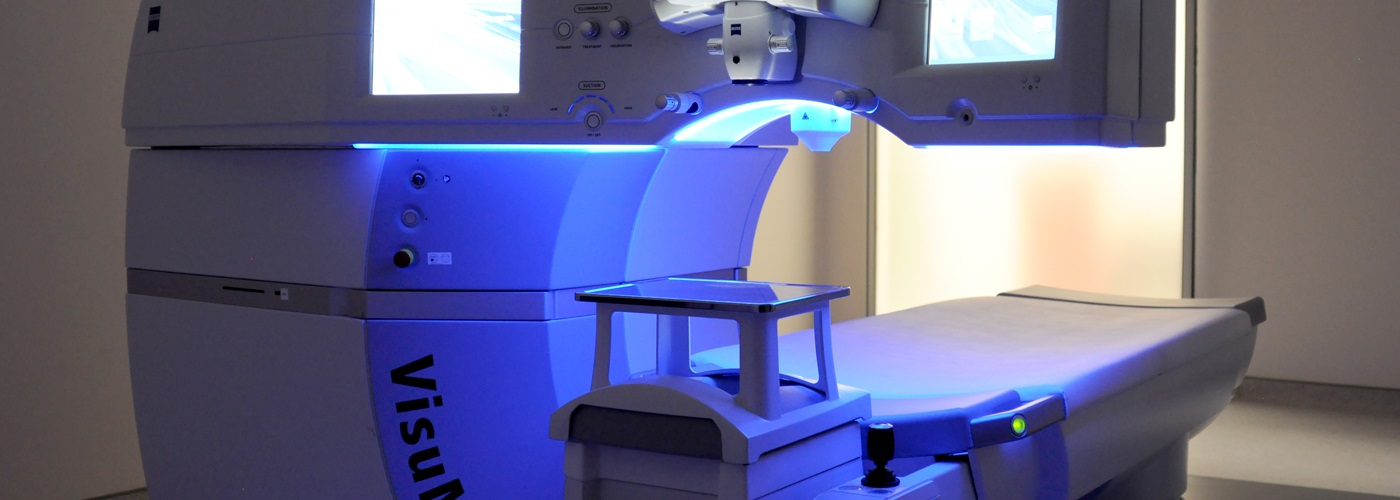

Therefore, if you want new eye wear or feel you may need to select new eye wear, please come 15 to 20 minutes before your appointment time in order to look at our frame selection.Įyeglasses: Please bring ALL pairs for eyeglasses you currently use, including prescription or non prescription reading glasses, sunglasses, etc. This has the effect of temporarily increasing sensitivity to light and causing “fuzzy vision” at near (reading) distance. In some cases, it also allows the Doctor to more accurately prescribe your glasses prescription. Dilation allows your Doctor to better assess the health of the inside of your eyes. Minor ocular surgery in the Eye Centre encompasses many procedures such as excision of lesions and chalazia/enlargement of oil gland in the eyelid, suture removal, and more.Dilation Explained: To provide patients with the best care, your doctor will use drops to dilate your eyes on a routine basis. This procedure is for various eye conditions and is performed to introduce medicine directly into the jelly-like fluid – near the retina at the back of the eye. Intraocular InjectionsĪlso known as intravitreal injections or eye injections. The ophthalmologist will draw off the serum to add to bottle of specific store-bought artificial tears. Patient will have blood collection/drawn in Eye Centre as per lab technician. Serum TearsĪutologous (cells obtain from same individual) serum preparation in artificial tears in treatment of persistent dry eyes. The ophthalmologist uses a specialized laser light with a light-activated drug to treat abnormal blood vessels that are p resent in AMD. Photodynamic Therapy may be used as a treatment for age-related macular degeneration (AMD).

When required, cryotherapy, which is the use of extreme cold, can be used for treatment of retinal holes, retinal detachments, retinal tears and removal of eyelashes. Therapeutic treatments for patients with specific ocular problems. Ophthalmic ultrasounds use high frequency sound waves in the eye to aid in diagnosis of normal and abnormal eye tissue. Ultrasounds and scans are often used in conjunction with diagnostic testing. Lasers are housed in the Eye Centre for staff ophthalmologists to use. Retinal detachment and glaucoma may require laser treatment. Ophthalmic Lasers are used for treatment of patients requiring laser therapy for multiple conditions associated with the eye. Ophthalmologists to perform with the assistance of an ophthalmic nurse. Treatments, Therapies and Minor Procedures Retinal pictures are taken by an ophthalmic medical photographer with an ophthalmic camera as the dye circulates. A dye called fluorescein is injected through intravenous by a nurse and is distributed throughout most body tissues, concentrating in the back tissue of the eye. Fluorescein AngiogramĪ diagnostic aid for ophthalmic assessments of the back of the eye circulation, edema, tissue growth. These photographs are to determine and document pathological ocular changes, especially prior to treatment. Ocular photographs are taken by ophthalmic medical photographers at the request of an ophthalmologist. The cornea/front surface of the eye, may be too flat, too steep or irregular shape. Corneal TopographyĬorneal Topography is a diagnostic procedure, which maps the surface of the cornea in order to monitor and detect corneal irregularities and disorders. This is useful for ongoing evaluation of LASIK surgery and other conditions such as glaucoma. Pachymetry measures the thickness of the cornea, the clear front tissue at the front of the eye. This cross-sectional image allows your ophthalmologist to map and measure the thickness of the retina. It uses light waves to produce an image of the delicate structures of the retina/back inside of the eye. Ocular Coherence Tomography is an innovative, non-invasive, diagnostic procedure. Also maps vision loss related to eyelid problems/droopy eyelids. This is a diagnostic procedure that uses specialized equipment to map vision centrally and peripherally in order to monitor a client for visual field changes in both or either eye. Diagnostic testing is on referral to an ophthalmologist, performed by ophthalmic professionals such as nurses and ophthalmic assistants.


 0 kommentar(er)
0 kommentar(er)
